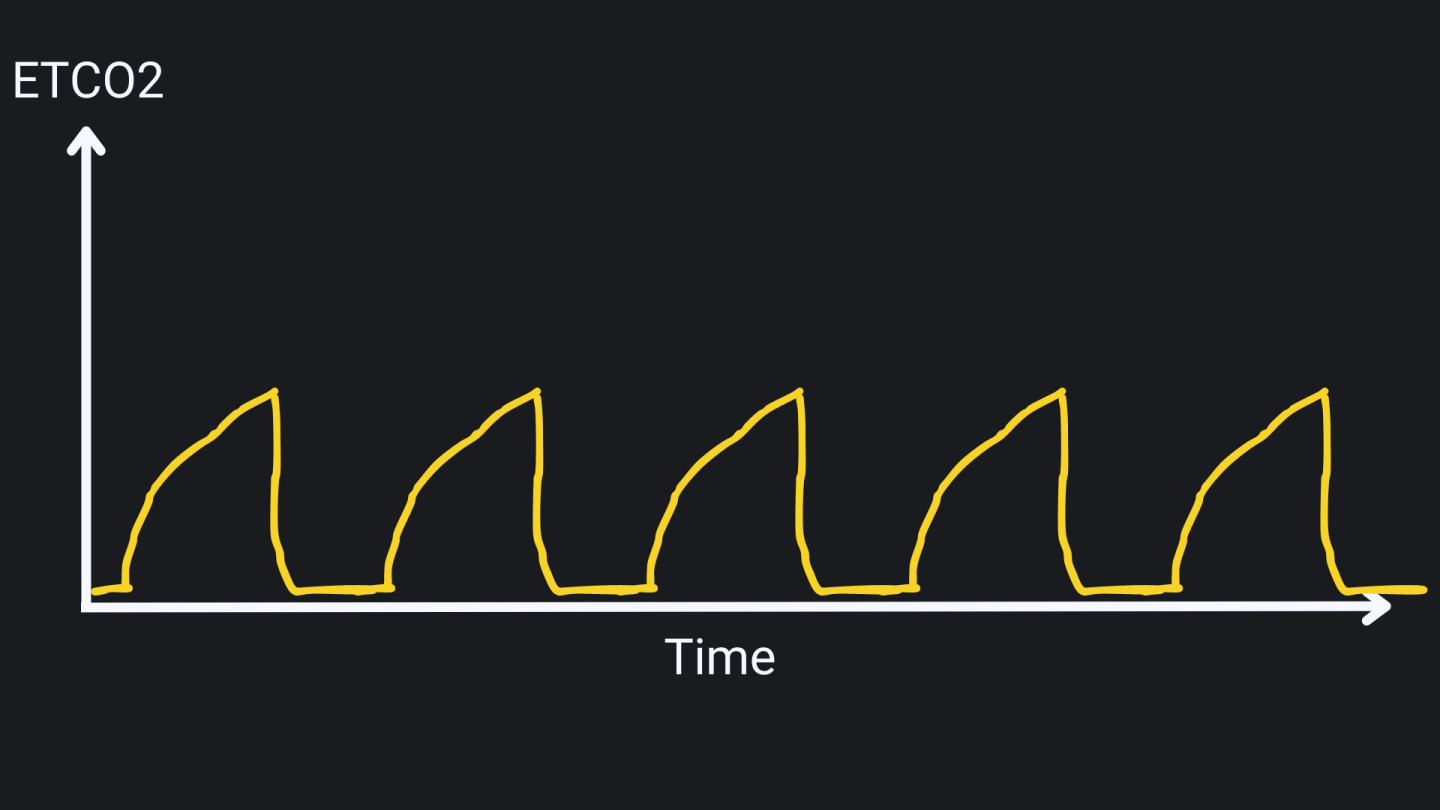Medical Monitoring
The Medical Monitoring topic contains news and information about medical monitoring, outlines the current trends and what the future may hold for EMS providers.
Learn how to differentiate supraventricular tachycardia from sinus tachycardia on ECGs by examining P wave visibility, heart rate, and rhythm regularity.
Quickly and confidently interpret EKG rhythms using this 10-step method tailored for EMS providers, helping improve prehospital cardiac care
Learn how waveform capnography enhances patient assessment, guides treatment and improves outcomes in respiratory arrrest and distress
Show off your trauma knowledge with this quiz about trauma patient assessment and treatment
Understand how monitoring tools can be used to guide treatment for COPD exacerbations
As EMS technology and service models continue to evolve words, phrases or activities will become tradition
Lactate may be used to identify a common killer in the prehospital environment
By monitoring vitals during drug use, nurses can administer oxygen and IV fluids to keep patients alive
We asked EMS1 readers to share their knowledge and use of capnography during patient care
You are dispatched to a bank for a woman who is weak and lethargic.
Here’s how EMS recognition and initiation of interventions can lower sepsis mortality
A single prehospital treatment protocol for respiratory distress from asthma or COPD is reasonable
Learn to distinguish and verify electrical and mechanical capture when using a transcutaneous pacemaker on a patient with symptomatic bradycardia
Focus on assessing and treating the patient’s basic life threats before interrogating bystanders or investigating the scene
Learn the signs and symptoms for this significant pediatric airway and ventilation emergency
Overexertion is a major issue for EMTs – refer to this infographic to identify these serious warning signs.
Look for these signs and symptoms to identify patients suffering from smoke inhalation and cyanide poisoning
Temperature, lactate and ETCO2 monitoring may provide field personnel with objective evidence to make a more accurate field diagnosis of systemic inflammatory response syndrome
In-depth insights into the expert recommendations for medications, airway insertion and confirmation, defibrillation and post-arrest care
In-depth insights into the expert recommendations for chest compressions, AED use and suspected opioid overdose
Use this method to identify landmarks as an alternative to the sternal notch placement of electrodes for acquiring a 12-lead ECG
EMS can determine when to administer nitroglycerine by utilizing the Lifepak 15 – placing EKG electrodes on the wrists and ankles in anticipation of running a full 12-lead EKG
Retirement is great; retirement with pain and disability is not — here’s how to stay healthier and happier
EMS1 readers share their ideas
The EMS industry needs its own Steve Jobs
























